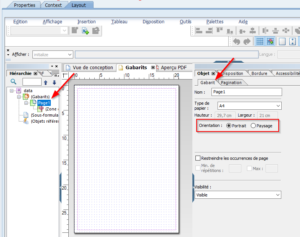
All pixels are read simultaneously, which is quicker and reduces the amount of noise generated during the data collection (‘read noise’). CCDs remain the sensor of choice for demanding scientific applications such as photometry.ĬMOS chips have many ADCs built into the sensor itself. Development switched over to CMOS, leading to major improvements, including low-light sensitivity and high resolution, the very things to arouse the interest of astro-imagers!īoth CMOS chips and CCD sensors use an array of pixels onto which photons arrive and release electrons from the silicon substrate. With a CCD, the charge developed within each pixel is transferred off the sensor, with each pixel being read individually by an analogue-to-digital converter (ADC) and changed to a digital value on a 16-bit scale. This design gives very consistent readings across all pixels and also enables pixels to be grouped together and read as a single unit, known as binning.


In-phone cameras with video capability were the new ‘must haves’ and CMOS became the digital technology of the connected age. This made them better for video applications than their more sedate CCD cousins. However, CMOS chips had an ace up their sleeve, which was a faster readout. At this time, CMOS (complementary metal oxide semiconductor) chips were the domain of barcode readers and the like – cheap, but noisy.

When digital astrophotography became feasible for amateurs at the turn of the century, the sensor of choice was a CCD (chargecoupled device). The QHY 600 60MP full-frame 16-bit CMOS camera with a Sony IMX455 sensor.


 0 kommentar(er)
0 kommentar(er)
